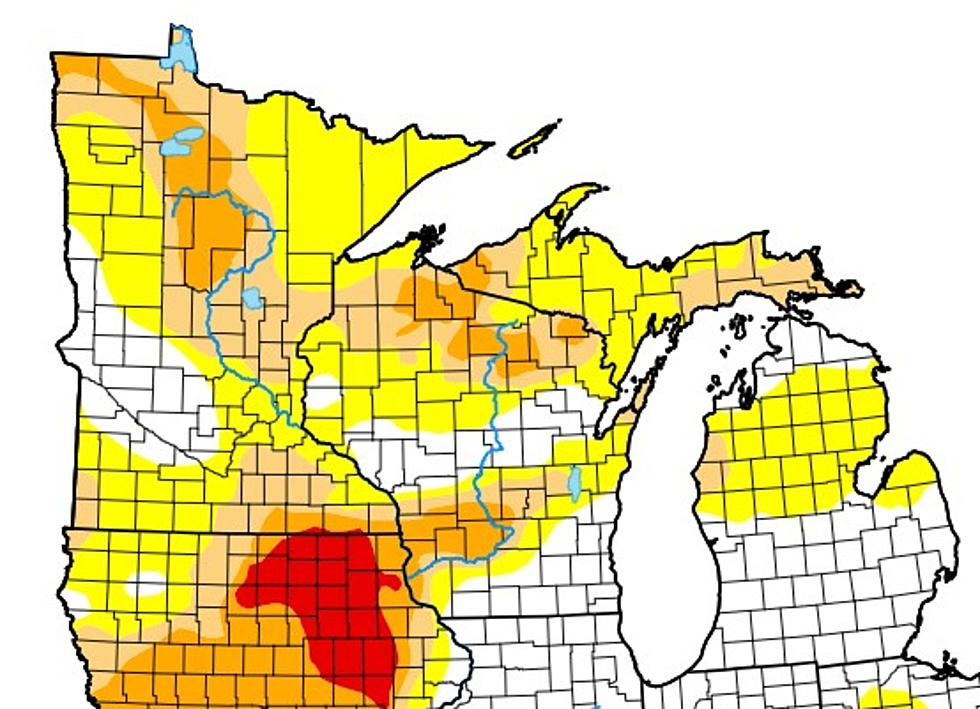
Most Of Minnesota + Wisconsin Close To Drought Conditions – What That Means For Spring
Most of Minnesota and Wisconsin are experiencing abnormally dry conditions. This is because of the lack of precipitation this winter. You don't have to be an expert to realize that things are going to be pretty dry when you don't have any snow during the winter.
Besides it being an abnormally warm winter, there also hasn't been a lot of snow or even rain. There's not much in the forecast either, and if things don't change, we could be looking at some serious impacts this spring.
85% of Minnesota is abnormally dry.
The U.S. Drought Monitor indicates that over 85% of Minnesota is in at least abnormally dry conditions.
68% of Wisconsin is abnormally dry.
Wisconsin isn't as dry as Minnesota, but they still have some areas dealing with drought conditions. Specifically in Northern Wisconsin and Southwest parts of the state.
Some parts of each state are in a moderate to severe drought.
Approximately 39% of Minnesota is in at least a moderate drought, and about 35% of Wisconsin is in a moderate drought.
What does this mean for spring?
If current conditions remain or get worse, we could be looking at increased wildfire danger this spring. Even with just abnormally dry conditions burn bans are implemented, and lakes and river levels are lower than normal. Pasture and row crops become stressed.
Once a drought becomes moderate in Wisconsin, hay prices go up. If drought becomes severe crop yields are down, livestock have nothing to graze on, and groundwater pumping increases.
In Minnesota, if severe drought increases corn growers have problems with seeding. In Northern Minnesota, bears begin to search for food with the hampered trout runs.
LOOK: Here's where people in every state are moving to most
Gallery Credit: Amanda Silvestri
